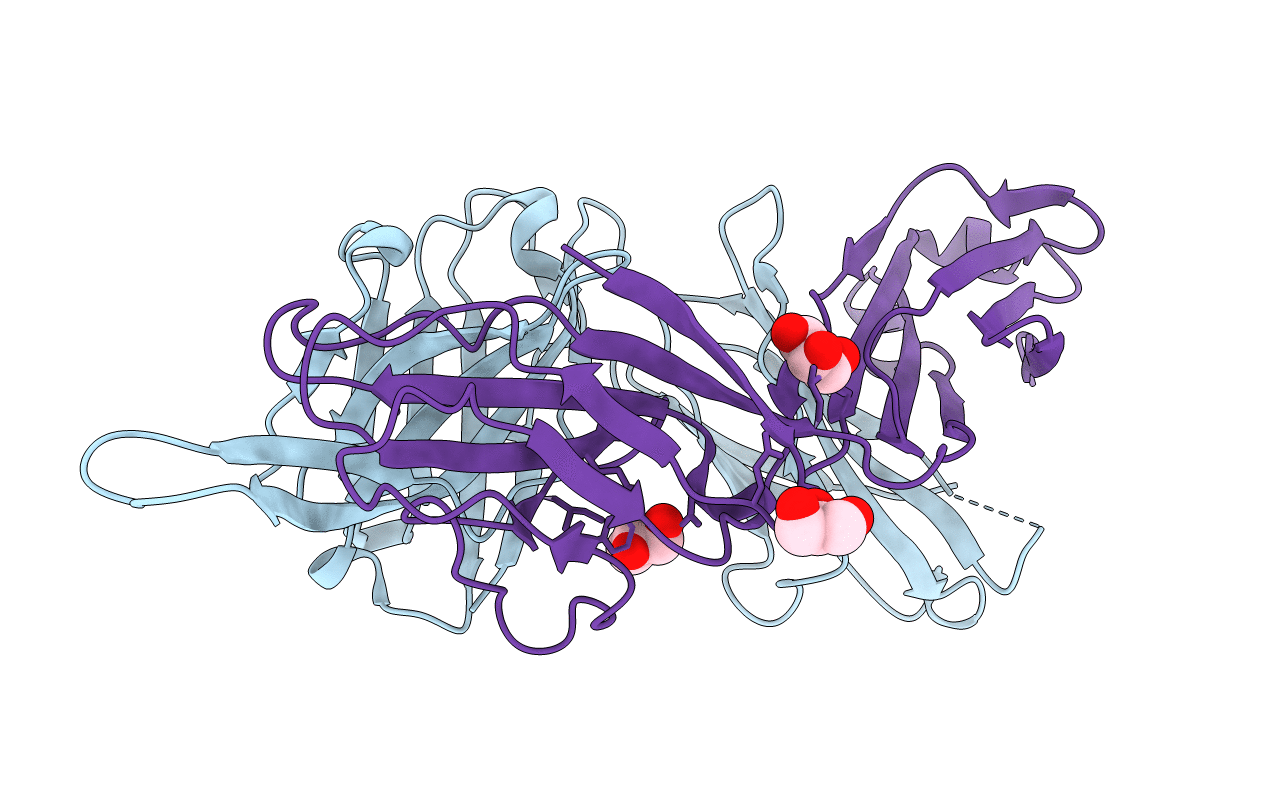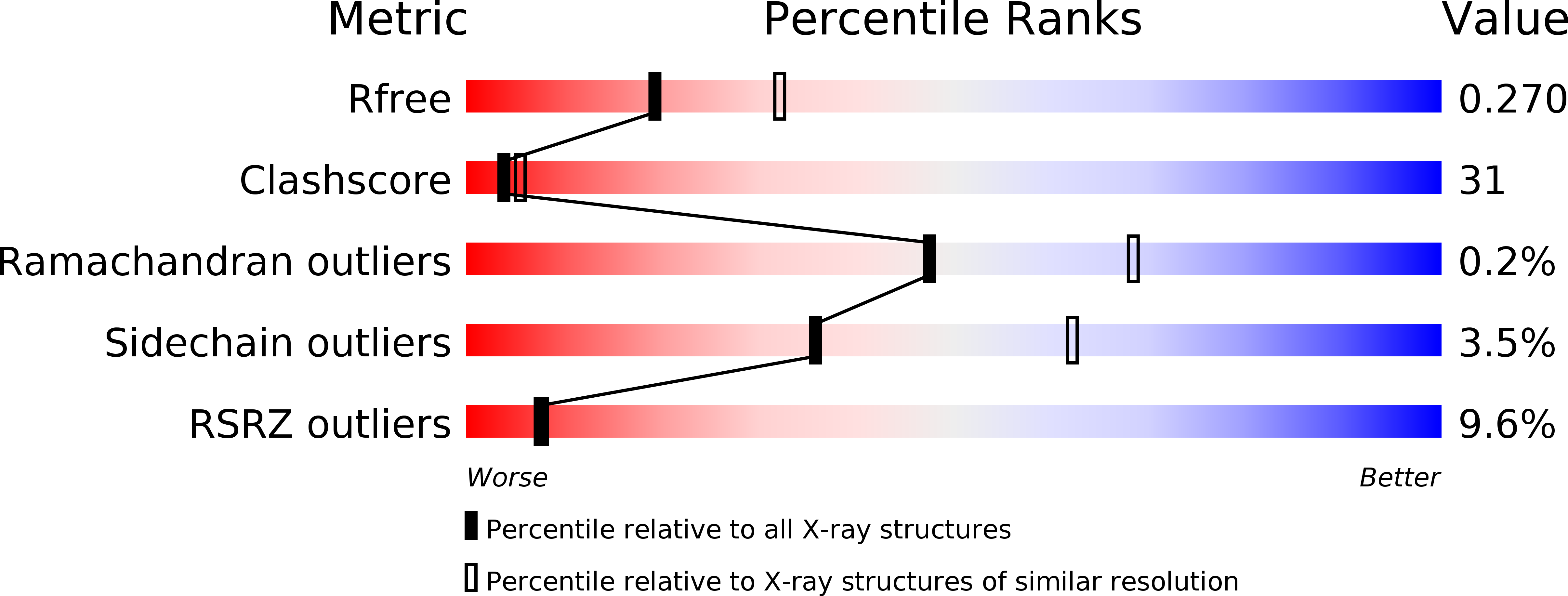
Deposition Date
2014-08-08
Release Date
2014-10-08
Last Version Date
2024-11-06
Entry Detail
PDB ID:
4R26
Keywords:
Title:
Crystal structure of human Fab PGT124, a broadly neutralizing and potent HIV-1 neutralizing antibody
Biological Source:
Source Organism:
Nomascus leucogenys (Taxon ID: 61853)
Homo sapiens (Taxon ID: 9606)
Homo sapiens (Taxon ID: 9606)
Host Organism:
Method Details:
Experimental Method:
Resolution:
2.50 Å
R-Value Free:
0.26
R-Value Work:
0.23
R-Value Observed:
0.23
Space Group:
P 1 21 1


